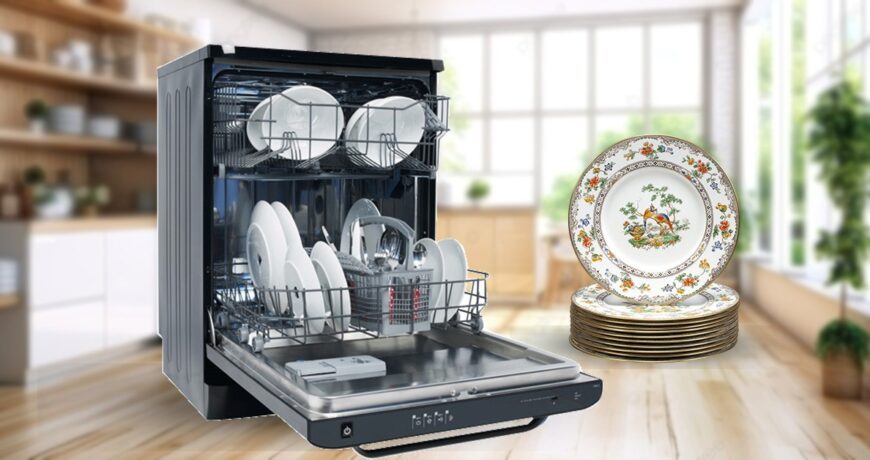To understand how dishwashers can clean all kinds of dishes effectively, it is essential to consider various factors that influence the cleaning process. Research by Richter (2011) highlights that the load capacity of the dishwasher, the choice of program, and the pretreatment of dishes with water significantly impact the efficiency of the dishwashing process. Additionally, Zupančič et al. (2019) emphasize that dishwashers operate at high temperatures ranging from 55-65°C, followed by a hot water rinse cycle at around 85°C, along with the use of alkaline detergents, which contribute to effective cleaning.
Moreover, Belke et al. (2019) point out that automatic dishwashers outperform manual cleaning in terms of efficiency and resource conservation without compromising on hygiene. This is supported by (Berkholz et al., 2011), who conclude that automatic dishwashing is superior to manual methods in terms of performance and resource consumption. The study by Stamminger (2011) further emphasizes the efficiency of automatic dishwashers compared to manual washing, highlighting the two main ways of dish cleaning in households. The effectiveness of dishwashers in cleaning various types of dishes is also influenced by the cleaning process itself.
Wernersson et al. (2004) suggest that conventional dishwashing processes may not be sufficient to clean dishes with adhering soil, but mechanical cleaning can prevent cross-contamination. This is in line with the findings of (Atik, 2024), who stress the importance of predicting the cleanliness of soiled surfaces after a standard cleaning process for optimal dishwasher performance. Furthermore, the use of specific cleaning agents plays a crucial role in the cleaning efficiency of dishwashers. Hall (1937) discusses the significance of sodium metaphosphate in dishwashing compounds, which has revolutionized the production of physically clean dishes on a commercial scale.
Additionally, Brunzell & Renström (2019) highlight that removing residues before placing dishes in the dishwasher is critical for reducing energy and water consumption during the cleaning process.
In addition to the mechanical aspects of dishwashing, the choice of detergents and cleaning methods also impacts the overall cleanliness of dishes. Wernersson et al. (2006) mention that dishware can be cleaned using water jets or a combination of water and abrasive granules, emphasizing the importance of proper cleaning parameters.
Golsteijn et al. (2015) discuss the life cycle studies of household detergent products, including those used for manual dishwashing, underscoring the role of detergents in enhancing cleaning efficiency.
Overall, the ability of dishwashers to clean all kinds of dishes effectively is a result of various factors such as temperature settings, detergent selection, mechanical cleaning mechanisms, and proper pre-treatment of dishes. By optimizing these factors, dishwashers can efficiently remove dirt, grease, and food residues from different types of dishes, ensuring hygienic and spotless results.

